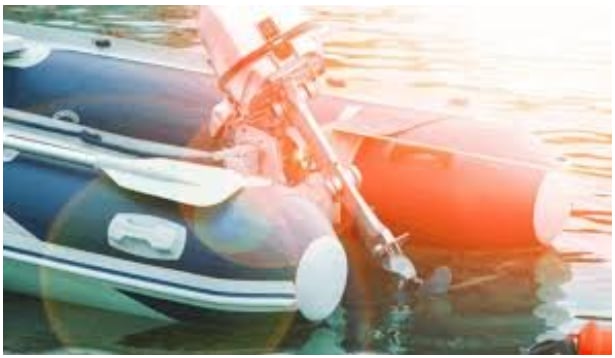Manufacturers suggest only charging trolling motor batteries after they discharge. You can still charge your batteries while running to create more power to run your trolling motor.
And that’s right because you’ll have more fishing time. Charging batteries while running might seem a straightforward process but it’s not.
You need to make sure the connections are perfect to protect your battery while it provides energy and recharges at the same time.
Although the trolling motor charges batteries while running, it’s only when you cruise at a fast speed. The motor still charges at low speeds only that the recharging is slow.
But there is a way to charge the best trolling motor battery irrespective of whether the motor is faulty.
Using An Onboard Charger
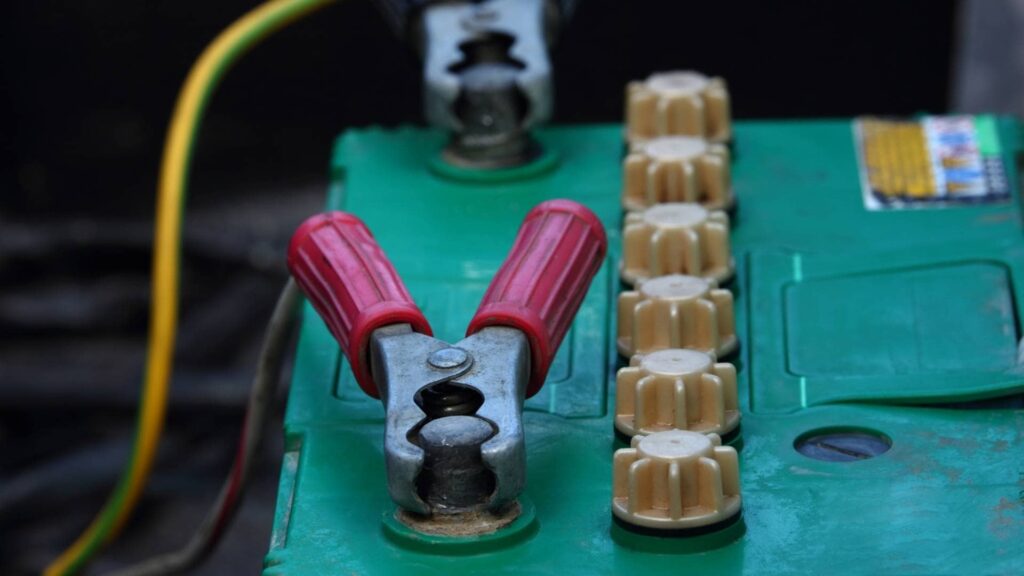
You need not worry about sailing on your trolling boat about motor stops.
A trolling boat comes with an onboard charger connected to the battery unit. Keep reading to learn how this works.
Here Is All That You Need To Know
Similar to most electric motors, Trolling Motor Batteries recharge while motors run.
Unless your motor is faulty or well over 20 years old, it should recharge your battery anytime it’s on.
If your battery starts your motor, you shouldn’t have any doubts about it or the recharging system.
How To Test If A Trolling Boat Is Charging
A voltmeter or a multimeter can test whether a battery is charging or not. This is how to do it:
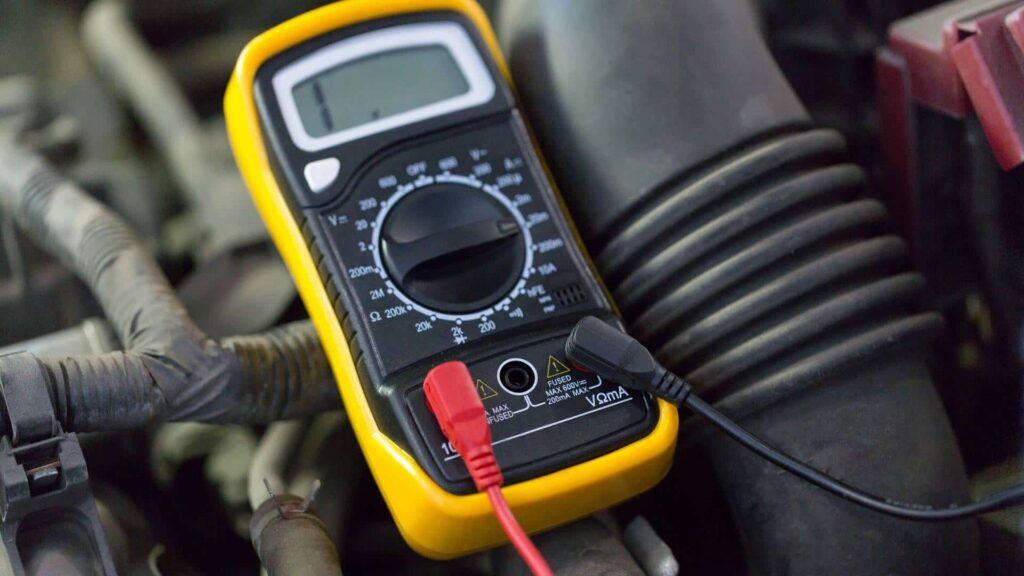
First, measure the initial battery voltage. Start your boat and use it for some time. Measure your battery again.
If there is an increase in voltage (however slight it is), but not a decrease, your motor is charging.
But there is a way to charge a battery irrespective of whether the motor is faulty.
If the trolling boat has an onboard motor, here are some ideas you can embrace.
Just before you get started, ensure you know the motor parts certainly. If you don’t, involve a professional before getting in a loose end.
How To Charge A Trolling Motor Battery From The Outboard Motor
Most new model trollers come with an inbuilt outboard motor that includes an alternator or a starter for recharging a battery.
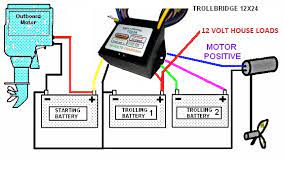
If this system is all set up, you can connect a battery to be charged as the motor runs.
You have to test if this outboard motor charges first. If not, there is a way to convert it.
For some outboard motors, you can’t charge directly. There are a few things you need to do to get the alternator ready for charging.
After that, it should charge the battery when the motor is running. You’re just required to mount a power regulator and a lightning coil.
Remember to watch out lest you buy components incompatible with your outboard motor. For example, if it includes a lightning coil, you don’t need to get one.
What You Need
Look out for these components in your outboard motor system. Identify what you miss so you can purchase.
- Lightning coil or green wires under the flywheel
- Regulator (four wires: one red, one black, 2 different colored wires(AC in wires))
What To Do
- Disconnect the 2 wires under the flywheel and connect them with the 2 different colored wires on the regulator
- Connect the black and red wire from the regulator to the respective polarity of your battery
If you can’t see the lightning coil, you’ll need to buy one that suits your motor. Fixing it requires some professional instructions.
If you can, detach your flywheel and fit the lightning coil. I would recommend getting a professional to fix this correctly.
Always use batteries for the right motor. Don’t use bigger batteries for small motors or vice versa.
Bigger outboard motors produce much current that fits larger batteries. Small motors provide less current that can only charge batteries of the same specifications.
Tips
If your battery discharge rate is faster than the recharging rate, you need to charge it between uses.
Batteries capacity = battery amps * hours. If you charge a battery at 20 amps for 1 hour, you have 20 amp-hours as the amount of charge.
It’s even less than that because the charging process is not 100% efficient.
If you connect two equal batteries each with a capacity of 100 amp-hour, they need 200 amp-hour to recharge fully. If you charge at 30 amp, then you need:
200 ÷ 30 = 6 – 7 hours
Mostly, you have to cruise at a considerable speed. The faster the speed the less time it takes to recharge.
Idling or trolling alone recharge slowly because the alternators can’t put out full amps at low revs per minute.
When trolling, batteries can discharge, or you can expect to slowly recharge. Fortunately, you still get an additional run time.
Other Ways To Charge A Trolling Motor
It’s pretty easy to charge trolling motor batteries when running. You’ll never run out of power in the marine environment.
There are similar strategies you can get an eye out for in the fishing season.
Portable Chargers
For small boats, you may consider getting a trickle charger when running low on storage.
You can connect it to the outboard motor to charge your battery when the motor is running.
Solar Chargers
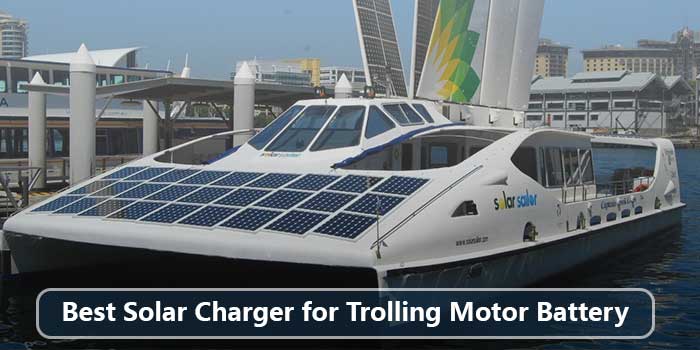
This is a safe yet environmentally friendly way to charge your trolling boat. You only need solar panels and a charge controller.
However, it’s not a method you can count on because it doesn’t supply much power.
Final Thoughts
You can have some more fishing time but it’s best to have more capacity on the batteries instead. There are so many benefits to knowing how to charge trolling motor batteries.
Recharging requires less maintenance, is cheap, and charges as you fish. Trolling discharges the battery. Without a way to compensate for the used up charge, batteries might run low.
I hope you enjoyed this article about a simple DIY battery recharging process. Share the article with other great fishers and leave a comment below to let other readers know how it was like reading this article.

